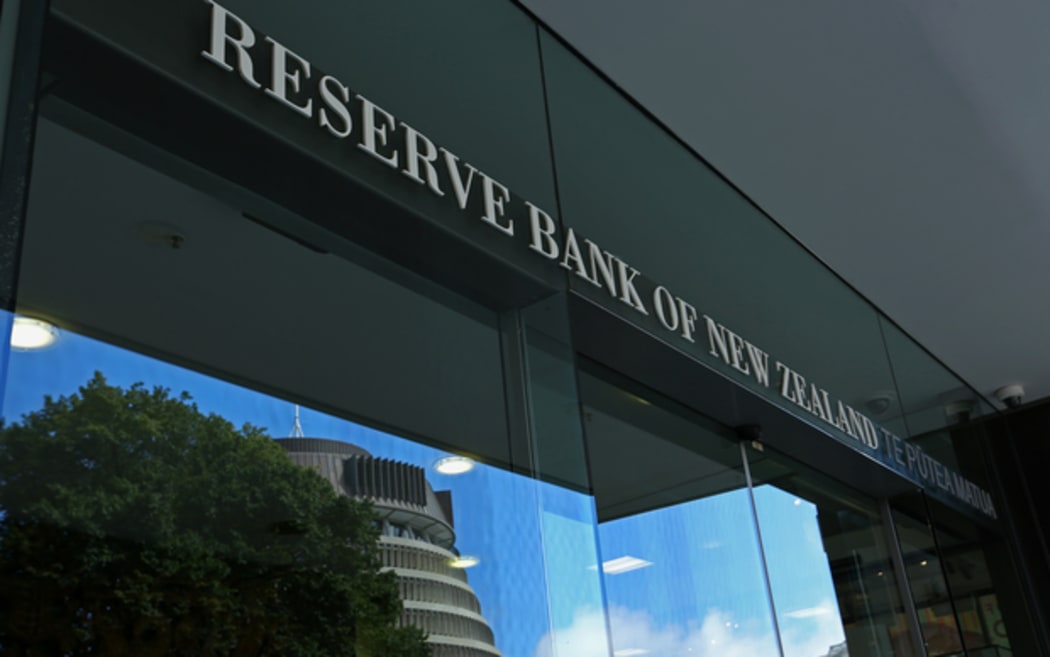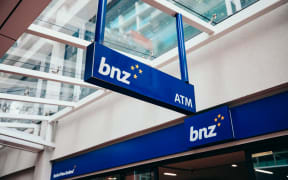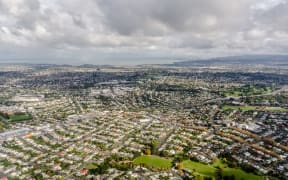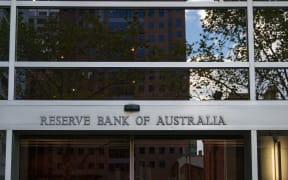The Reserve Bank is set to unveil its latest weapon in the fight for cheap money and economic recovery from the pandemic.

The Reserve Bank of New Zealand Photo: RNZ / Alexander Robertson
In its last monetary policy statement of the year on Wednesday 11 November, the central bank is expected to keep its official cash rate (OCR) steady at a record low 0.25 percent, update its economic forecasts, but spend much of its time rolling out a new funding-for-lending programme (FLP).
The FLP is essentially the RBNZ funding the banks at a rock bottom interest rate in the expectation that it will flow through to retail banks continuing to be "courageous" in their lending to businesses and households.
ASB senior economist Mark Smith said the RBNZ would need to keep the FLP simple as it tried to balance several different factors.
"The RBNZ will need to get the design details right and keep it simple so as to achieve a strong take-up of the programme, maximise its effectiveness and support business lending, whilst still ensuring that the FLP does not put a rocket under the housing market."
The FLP could be expected to offer somewhere between $30 billion-$50bn of funding over several years, at either the level of the official cash rate, or at a fixed interest rate which would fall if the OCR was lowered.
Smith said the effect on retail interest rates might be small but the pressure would be on banks to keep them lower for longer.
"Nonetheless, if the FLP has a strong take-up and proves effective in quickly lowering borrowing costs and stimulating economic activity, it will reduce the need for the RBNZ to provide as much stimulus through the LSAP (large scale asset purchase - bond buying) programme and/or via pushing out and scaling back the amount of OCR cuts needed."
Banks pushback on negative interest rates
The other monetary tool the RBNZ has spent a lot of time talking about is negative interest rates.
Retail banks are expected to be ready to implement negative rates by the start of December, and they are, but with no enthusiasm.
At a recent business conference, the heads of the four main banks - ANZ, Westpac, BNZ, and ASB - all pushed back at the notion of rates below zero, prompting RBNZ Governor Adrian Orr to suggest they needed to look beyond their collective noses.
They amplified their opposition in the past two weeks when three of them reported annual results.
"They have a lot of tools at their disposal and I encourage them to look at their tools in the toolbox," Westpac chief executive David McLean said.
Bank opposition to negative interest rates is not a surprise given that they would debt bank margins and earnings, with those costs possibly being passed on to consumers.
Kiwibank chief economist Jarrod Kerr said negative rates had mixed results overseas and would likely be unhelpful and place a "significant burden" on parts of the economy, often with a perverse effect of having people hoard cash when the aim is to prompt them to spend and invest.
Negative rates have been tried in several European countries and Japan, but as recently as last week the governor of the Reserve Bank of Australia, Philip Lowe, said negative rates across the Tasman would be "extraordinarily unlikely" with the risks outweighing the rewards.
That will not stop RBNZ governor talking them up as a continued option next year if the circumstances required it.
It may be that a booming housing market, better than expected economic numbers including relatively low unemployment, recovering company earnings, and more targeted government spending may cool the RBNZ's appetite and the need for negative rates.







